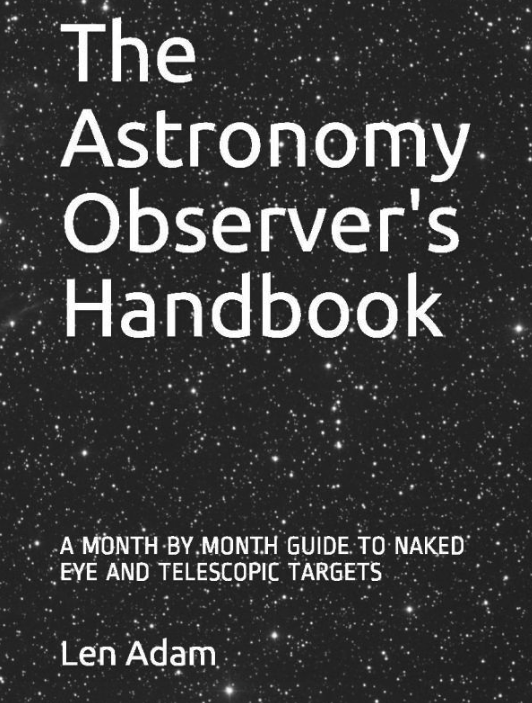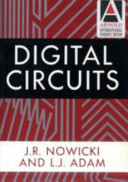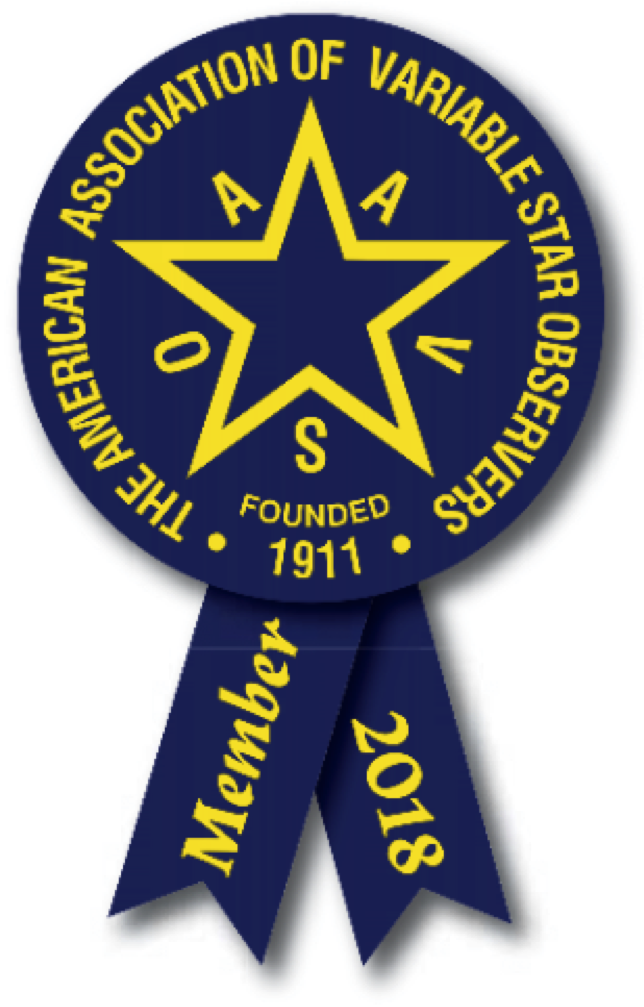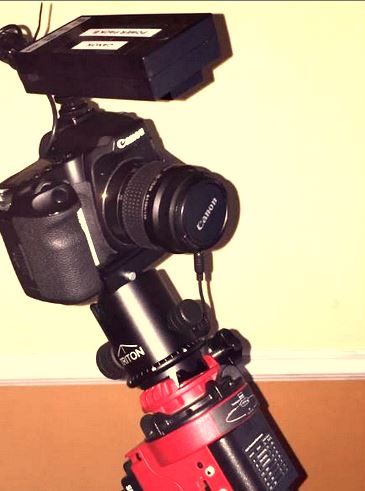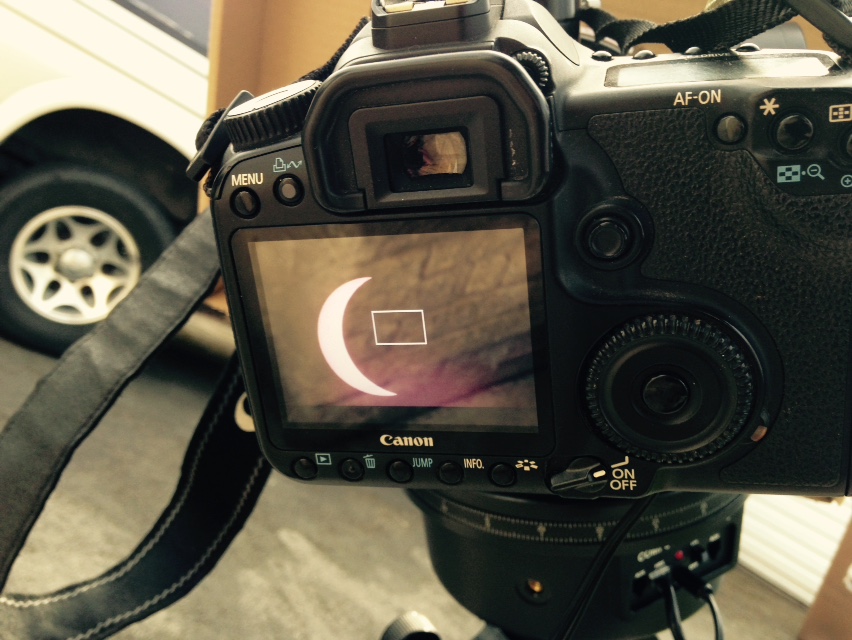CLICK ON THE SPAIN 2014 BLOG INDEX AT THE TOP OF THE PAGE TO GO TO ANY PARTICULAR DAILY BLOG

I am due to leave on the ship "Cap Finistere" from Portsmouth to Bilbao on Sunday (9th Feb 2014) at 1030 p.m. The ship stops for 90 minutes at Roskoff in Northern France on the way and I am due to arrive in Bilbao at 07:45 on Tuesday 11th Feb. As usual I am taking my trusty Mitsubishi Warrior L200 which is now absolutely packed with telescopes, mounts, cameras cables, computer equipment and all the other stuff that I need for a long stay in Spain.





As you can see the truck is absolutely full. The C14 OTA is on the back seat!
Listed below is the equipment and the configurations that I will be using this year:
Telescope Setup 1:
A: To use for Supernova searching by monochrome imaging of 100+ galaxies per clear night.
B: To take images of open clusters using B and V filters for determination of cluster distance and age.
Celestron C14 - this is the OTA that I purchased several years ago on Ebay. It is a very old model but the optics are still perfect. I saved a considerable amount by buying this old 'scope. I added Bob's Knobs to faciitate collimation and have 2 mirror locks and use an external focuser.
Finder 'Scope - I use the finder from my 4" Meade OTA on the C14. I also use a Telrad finder which is switchable between scopes - I find this an excellent piece of kit. I must say I find it extremely difficult sometimes to set up the C14 if I have lost alignment between finder and main 'scope! It can be remarkably difficult to find even a bright star in the C14 with its high focal length. I am hoping that the Telrad will help with that.
Paramount ME - the C14 will be mounted on the ME. This is a heavy piece of kit but I managed to get it from my dome into the truck singlehanded. I was very careful to avoid back injury!!
Tripod - I am taking my Meade Giant Equatorial Tripod to mount the ME and C14. This is a very heavy piece of kit and a very awkward shape to move but again I managed to get this into the truck on my own.
Focuser - I will be using a TCF-Si focuser that is very easily controlled from my laptop using CCDsoft.
Camera - I will be using my SBIG ST9XE to image galaxies as part of my Supernova Search.
Telescope Setup 2:
To use for colour imaging of deep sky objects using a modified DSLR
Telescope - Meade 4" Refractor. I purchased this from Telescope House in Farringdon London many years ago - it was lying on the floor in a corner and I managed to get a good deal on it.
Guide 'Scope - I have a Telrad which is sufficient for my requirements with this scope.
Mount - I use a Celestron CGEM (original) which is a good value mount that I have previously taken to Spain and have used it with a 12" Meade SCT successfully.
Camera - a piggy backed modified Canon 40D with a variety of lens options. I have just obtained an inexpensive 300mm lens (f/5.6) with a X2 Teleconverter that I will use for the first time on this trip.
Telescope Setup 3:
For visual observing of brighter deep sky objects and double stars
My third telescope is a TAL1 4 1/2 inch reflector that I use for visual observing and for demonstration purposes. An excellent 'scope that has a Telrad finder mounting option.
Telescope Setup 4:
To use for visual lunar observations.
This is an ETX 90 telescope from Meade that is very good for Moon work and Solar Eclipses.
I also intend to carry on the work I am doing to image objects with remote telescopes - in particular using telescopes in New Mexico and at Siding Spring in Australia.
I am also taking my equipment for wildlife photography - particularly birds - and hope to improve my skills in taking wildlife images.
 Tuesday, February 11, 2014 at 10:52AM
Tuesday, February 11, 2014 at 10:52AM  [Your Name Here] | Comments Off |
[Your Name Here] | Comments Off | 
